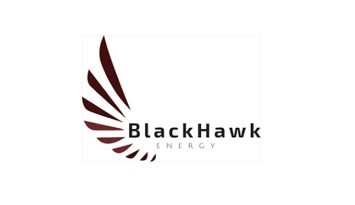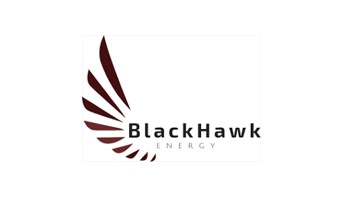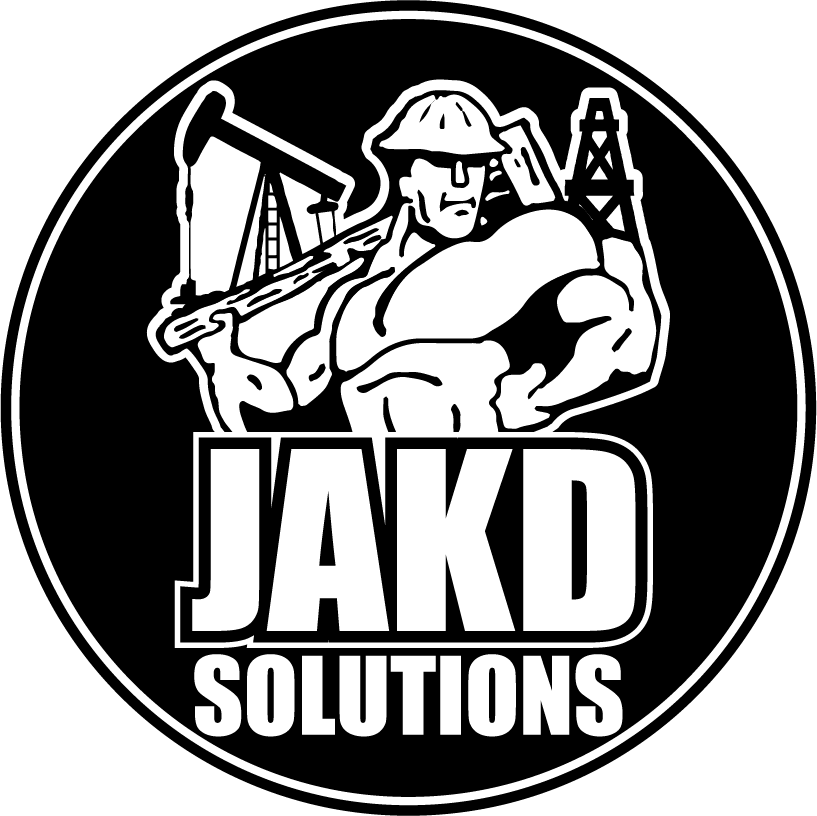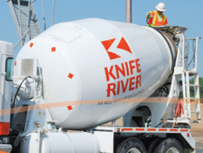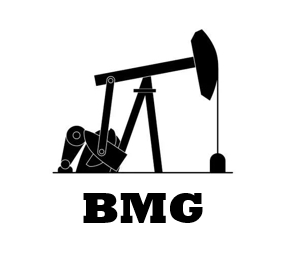Information
-
Date:
-
ITS #:
-
Forest Operation:
-
Operating Area:
-
Contractor:
-
Location or Name:
Includes (check all that apply):
-
Storage Buildings
-
Docks & Piers
-
Shop
-
Living Quarters
All Items with a "No" answer MUST have an action proposed to address the issue.
General:
-
Emergency & safety equipment on site and functional (PPE, first aid, fire, spill, sprinklers)
-
Housekeeping current (cleanliness, brush, organization)
-
Signs & labels up to date (WHMIS, warnings, procedures, identification, tags)
-
Applicable documents on site and current (Emergency plans, SOP, MSDS, WFP policies)
-
Access controls in place (gates, fences, guarded)
-
Potable water provided (permitted, sampled)
-
Site free of contaminated soil patches
-
Sewage system working (serviced, sampled)
-
Records located (permits, manifests, sample results)
-
Oxy/Acetylene tanks properly stored (secured, separated)
Fuel Lubricant Management (storage & dispensing):
-
Vacuum gauge readings taken (see below) and/or inter-tank space visually checked
-
Site free of evidence of leaks or spills (lines and tanks)
-
Guarding & covers intact and functional
-
Containment functioning and serviced
-
Separators functioning and serviced
-
Electrical systems functioning (alarms, emergency shut-off, wiring)
-
Fire extinguishers & spill kits in place and full (inspected)
-
Fuel transfer nozzles, lines & pipes sound & leak free
Propane Storage:
-
All flammable/combustible liquids more than 6m away
-
All potential ignition sources more than 3m away
-
Valves & piping sound & leak free
Hazardous Waste Management:
-
Collection containers in place (identifiable, used correctly, serviced)
-
Batteries / tires at proper location
-
Bilge water correctly handled (contained, separated, labeled)
-
Waste oil contained (leaks, overfill)
-
Oil containers / filters properly stored
-
Contaminated rags & pads collected
-
Contaminated soils, sludge or wood debris handled properly
-
Biocell managed appropriately (turned, sampled)
-
Aerosol cans properly collected & stored
-
Scrap metal (wire rope) / old equipment & parts properly collected & stored
Other Wastes:
-
Household waste collected (separated)
-
Incinerator operation appropriate (waste input, ash disposal)
-
Recycling program working (paper, cardboard, pallets, printer cartridges)
-
Bundle wires collected / recovered
Dryland Sort & Booms:
-
Surface water management functional (culvert and ditches)
-
Run-off all captured and treated
-
Settling ponds & separators functioning and serviced
-
Smooth (pot hole, protrusion, wash board, rut)
-
Ambrosia beetle trap bundles destroyed before emergence of brood
Living Quarters:
-
Industrial Camp Health Reg. posted
-
Rooms well heated, lighted & ventilated
-
Required number of bathroom fixtures in place (see Reg.)
-
Dry room available
-
Vermin free (rats, mice, bats, birds, insects, etc.)
Others:
-
Required periodic testing done (alarms, sprinklers, underground fuel lines)
-
The facilities' perimeters are remaining free of fuels (forest or otherwise) that can pose a risk of fire starting & spreading.






